How does an ovulation test kit help you to get pregnant?
You and your partner have made the exciting decision to start a family and embark on the journey of pregnancy. As you begin your conception efforts, understanding your menstrual cycle and the fertile window becomes crucial. This is where ovulation test kits come into play, serving as valuable tools to help you identify the optimal time for conception. By detecting the surge of luteinizing hormone (LH) in your urine, these kits can pinpoint the moment of ovulation, increasing your chances of getting pregnant. In this guide, we will explore how ovulation test kits work, their benefits, and how to use them effectively to maximize your chances of achieving that long-awaited positive pregnancy test.
When to Take an Ovulation Test?
To determine when to take an ovulation test, it’s important to understand your menstrual cycle. Ovulation typically occurs around the middle of a woman’s cycle, with Day 1 being the first day of menstrual bleeding. The exact timing of ovulation can vary from woman to woman, so it’s helpful to track your menstrual cycle length over a few months to identify patterns.
In general, it is recommended to start taking ovulation tests a few days before you expect to ovulate based on your previous cycles. For example, if you have a regular 28-day cycle, you may start testing around Day 10 or 11. However, if your cycle is irregular, it’s advisable to start testing earlier or use other signs of ovulation, such as changes in cervical mucus or basal body temperature, as additional indicators.
To increase your chances of detecting the LH surge, which precedes ovulation, it’s recommended to take the test between late morning and early afternoon. This timeframe allows for the buildup of the hormone concentration in your urine throughout the day.
Continue testing daily until you receive a positive result indicating the LH surge. Once the test shows a positive result, it suggests that ovulation may occur within the next 24-36 hours. This is the optimal time to engage in sexual intercourse to maximize your chances of conception.
Remember, every woman’s cycle is unique, so it’s essential to track and understand your individual patterns to determine the best time to take an ovulation test. Consulting with your healthcare provider can provide additional guidance and personalized recommendations.

How To Use Ovulation Test Kits to Detect Fertility?
Using ovulation test kits can be an effective way to detect your fertility and pinpoint the optimal time for conception. Here’s a step-by-step guide on how to use ovulation test kits:
Familiarize Yourself with the Kit: Read the instructions provided with the ovulation test kit carefully to understand how to use it properly. Different kits may have variations in usage, so it’s important to follow the specific guidelines for the brand you’ve chosen.
Determine When to Start Testing: Based on your menstrual cycle length and previous patterns, determine the approximate time to start testing. As mentioned earlier, it’s generally recommended to start a few days before you expect to ovulate. This can vary depending on the length of your cycle.
Choose the Right Time of Day: To increase accuracy, take the test between late morning and early afternoon. This allows for the accumulation of LH hormone in your urine throughout the day. Avoid testing with the first urine of the day, as it may not contain sufficient hormone levels.
Collect Urine Sample: Collect a urine sample in a clean container. You can either hold the test strip in the urine stream for a few seconds or dip the strip into the collected urine, depending on the specific instructions provided with your kit.
Read and Interpret the Results: Wait for the designated time period mentioned in the instructions (usually a few minutes) for the test results to develop. Most ovulation test kits use lines to indicate results. The test line should be as dark or darker than the control line to indicate a positive result, suggesting the LH surge and impending ovulation.
Track and Record Results: Keep a record of your test results, noting the date and whether it was positive or negative. This will help you identify patterns and predict future ovulation cycles.
Timing Intercourse: Once you receive a positive result indicating the LH surge, it’s an indication that ovulation may occur within the next day or two. This is the ideal time to engage in sexual intercourse to maximize your chances of conception.
Remember, ovulation test kits are not 100% foolproof, and they may not work for everyone. If you have been using ovulation test kits consistently without success, it’s advisable to consult with a healthcare professional for further guidance and evaluation.
Positive & negative sides of ovulation test kits
Ovulation test kits can be valuable tools for couples trying to conceive by helping them identify the most fertile time in a woman’s menstrual cycle. These kits detect the surge of luteinizing hormone (LH), which precedes ovulation. While they offer several benefits, it’s important to be aware of both the positive and negative aspects of using ovulation test kits. Understanding these aspects can help individuals make informed decisions about incorporating these kits into their fertility journey. Let’s explore the positive sides that make ovulation test kits useful and the potential drawbacks that need to be considered.
Positive sides of ovulation test kits:
Increased Chances of Conception: Ovulation test kits help pinpoint your fertile window, allowing you to identify the best time to conceive. By detecting the surge of luteinizing hormone (LH), these kits can predict ovulation, increasing your chances of getting pregnant.
Easy to Use: Ovulation test kits are generally easy to use and can be conveniently done at home. They usually involve collecting a urine sample and interpreting the results based on the instructions provided.
Cost-effective: Compared to other fertility tracking methods or medical interventions, ovulation test kits are relatively affordable. They provide an accessible option for couples trying to conceive without incurring significant expenses.
Empowering and Informative: Ovulation test kits help women understand their menstrual cycle and fertility patterns better. By tracking ovulation, women gain knowledge about their own reproductive health, which can be empowering and helpful when trying to conceive.
Negative sides of ovulation test kits:
Limited Prediction Accuracy: Ovulation test kits can provide false negatives or false positives, leading to inaccurate predictions. Hormonal fluctuations, medications, and certain health conditions can affect the reliability of the results, reducing their effectiveness.
Stress and Anxiety: For some individuals, using ovulation test kits can cause stress and anxiety, particularly if they become overly focused on tracking their fertility. The pressure to conceive within a specific timeframe may lead to emotional strain and disappointment.
Cycle Irregularities: Ovulation test kits assume a regular menstrual cycle, which may not be the case for everyone. Women with irregular cycles may find it challenging to accurately time their ovulation using these kits alone.
Additional Expenses: While ovulation test kits are generally affordable, long-term usage may incur additional costs, especially if multiple kits are needed for several months or cycles.
Not a Guarantee of Conception: It’s important to note that a positive ovulation test result does not guarantee a pregnancy. Other factors, such as sperm health, uterine conditions, and overall fertility, also play a significant role in conception.
It’s crucial to consider both the positive and negative aspects of ovulation test kits and consult with a healthcare professional if you have concerns or questions about using them to track your fertility.
Now that we have explored the positive and negative aspects of ovulation test kits, let’s address some common questions and concerns related to their usage. Here are a few frequently asked questions (FAQs) that can provide further clarity on the topic.
Q1. What is an ovulation test kit and how does it work?
An ovulation test kit detects the surge of luteinizing hormone (LH) in a woman’s body, which triggers ovulation. It usually involves urine-based strips or digital devices. By measuring LH levels, these kits identify the fertile window for conception.
Q2. Does the ovulation test help to get pregnant?
Yes, ovulation tests can aid couples in conceiving. By accurately detecting the LH surge, these tests predict the most fertile period in a woman’s cycle. Timing intercourse during this window increases the chances of sperm being present during egg release.
Q3. How accurate is an ovulation test?
Ovulation tests are generally reliable but may vary in accuracy. When used correctly and at the right time, they can be highly accurate in predicting ovulation. Factors like hormonal imbalances and medications can affect results. Considering additional signs of fertility, such as cervical mucus and basal body temperature, enhances understanding. Consulting with a healthcare professional can provide further guidance.






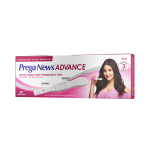



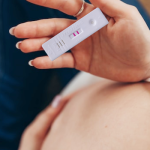

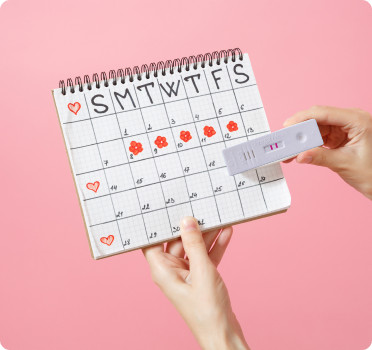

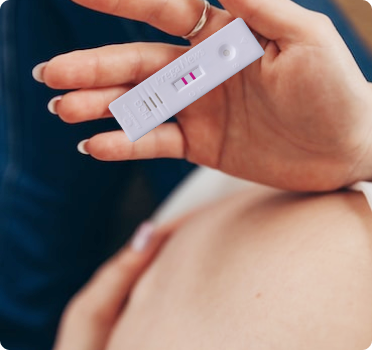

















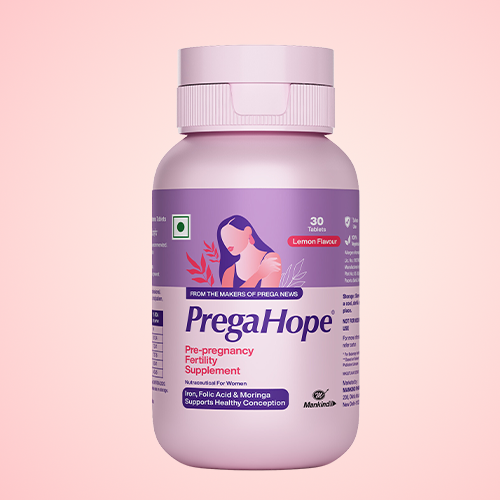
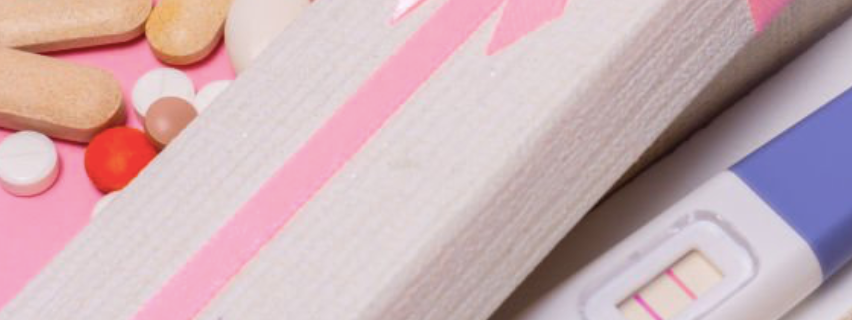








Leave a comment